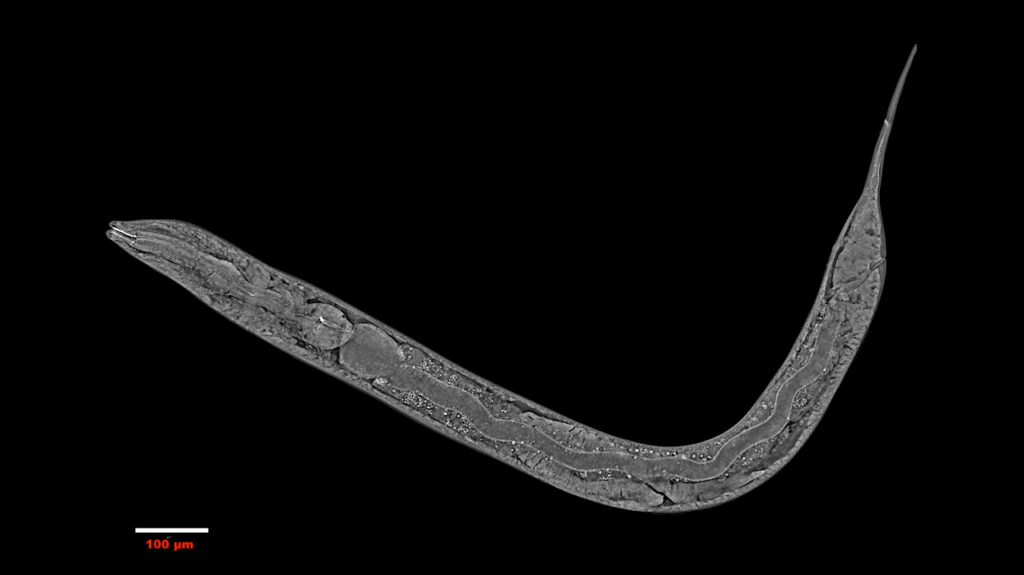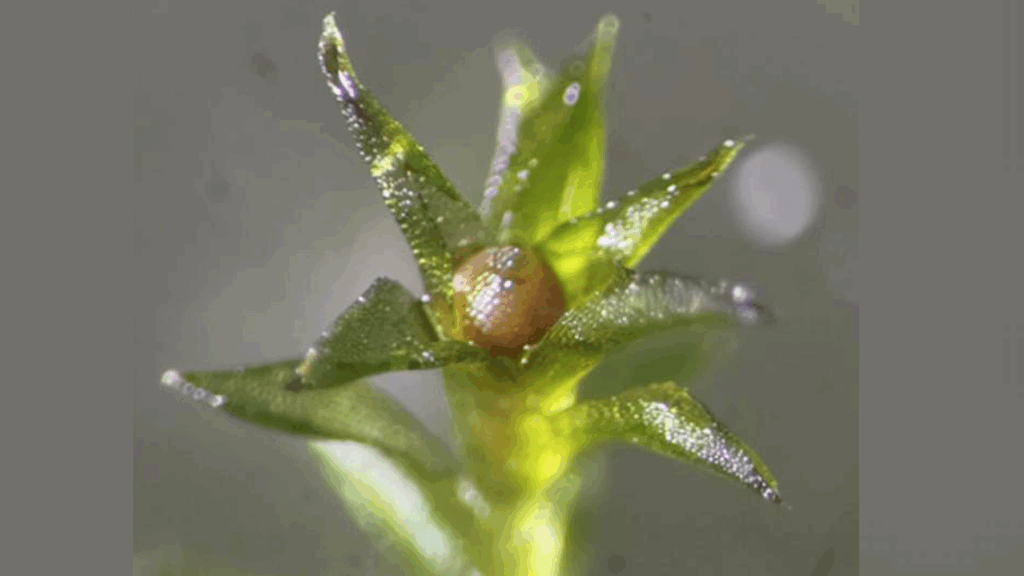Gravitational Action Of Sun And Moon Influences Behavior Of Animals And Plants, Study Shows

The rhythms of activity in all biological organisms, both plants and animals, are closely linked to the gravitational tides created by the orbital mechanics of the Sun-Earth-Moon system.
This truth has been somewhat neglected by scientific research but is foregrounded in a study by Cristiano de Mello Gallep at the University of Campinas (UNICAMP) in the state of São Paulo, Brazil, and Daniel Robert at the University of Bristol in the United Kingdom. An article on the study is published in the Journal of Experimental Botany.
“All matter on Earth, both live and inert, experiences the effects of the gravitational forces of the Sun and Moon expressed in the form of tides. The periodic oscillations exhibit two daily cycles and are modulated monthly and annually by the motions of these two celestial bodies. All organisms on the planet have evolved in this context. What we sought to show in the article is that gravitational tides are a perceptible and potent force that has always shaped the rhythmic activities of these organisms,” Gallep told.
The study is both an extensive review of the literature and a meta-analysis of the data from three previously published cases in which gravitational causality was not fully explored: the swimming activity of isopods, small shell-less crustaceans whose appearance on Earth dates from at least 300 million years ago; reproductive effort in coral; and growth modulation in sunflower seedlings inferred from autoluminescence. In the latter case, the researchers analyzed results of their own investigations as well as data from the literature.
“The data shows that in the absence of other rhythmic influences such as lighting or temperature, local gravitational tides are sufficient to organize the cyclical behavior of these organisms. This evidence questions the validity of so-called free-run experiments, in which several environmental factors are controlled but gravitational oscillations are not taken into consideration. These oscillations continue to exist, and may modulate the behavior of living organisms,” Gallep said.
The study was supported by FAPESP via three projects (16/50344-6, 15/11280-0, and 18/05300-6).
Many of the rhythmic patterns displayed by organisms are well-known and have been widely studied. They include circadian rhythms, which are linked to the day-night or light-dark cycle. However, some rhythmic cycles are maintained even when the factor light is isolated, under laboratory conditions, and the contributions of other environmental factors have been investigated and demonstrated, although their effects are comparatively weak in many cases. The study in question considered, among others, the persistence of tidal cycles in the behavioral patterns of coastal organisms such as crustaceans, when they are removed from their natural habitats.
“These animals modulate their behavior in tune with the ebb and flow of the tides, in a cycle of approximately 12.4 hours that derives from lunisolar dynamics, even when they’re moved to a laboratory with stable and controlled aquatic conditions,” Gallep said. “The pattern persists for several days, matching lunisolar tidal timing at the site where the organisms were collected in nature.”
Although the combined gravitational effect of the Sun and Moon corresponds to only a millionth of Earth’s gravity, it is sufficient not just to cause large-scale tidal fluctuations in oceans, rivers and lakes, but also to move the tectonic plates. The Large Hadron Collider (LHC), operated by the European Organization for Nuclear Research (CERN), with a circumference of 27 kilometers, is vertically displaced by 1 millimeter by this gravitational fluctuation, and its scientists must adjust their experimental calculations accordingly.
Gallep first noted these periodicities in experiments involving the autoluminescence associated with seed germination, conducted in Limeira (São Paulo state). “I observed that changes in the signal collected appeared every 12 or 24 hours, but differed in each germination test. When I looked for support in the literature, I found studies pointing to a possible correlation with gravitational tides. We explored this phenomenon in subsequent tests on various types of seed, and also added results obtained in the laboratory by collaborators in Prague, Czech Republic, in Leiden, Netherlands, and in Hamamatsu, Japan,” he said.
Gravitational cycles do not only affect the simplest organisms. Scientific studies have found that humans kept in the dark tend to establish a cyclical fluctuation lasting 24.4-24.8 hours, in harmony with the lunar cycle. This tendency has also been noted in people who spend long periods in caves. It conditions the alternation of sleep and wakefulness, meal times, and other metabolic functions.
Are cyclic plant and animal behaviors driven by gravimetric mechanical forcing?, Journal Of Experimental Botany
Astrobiology








